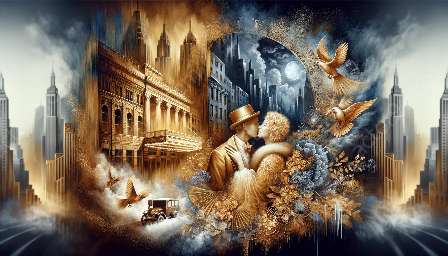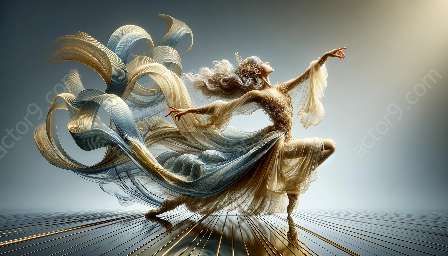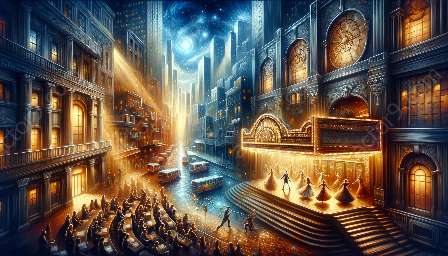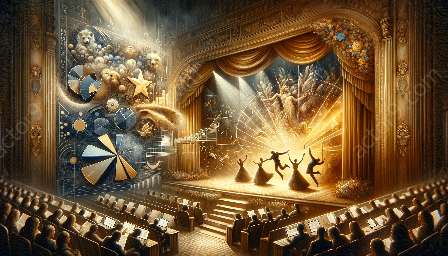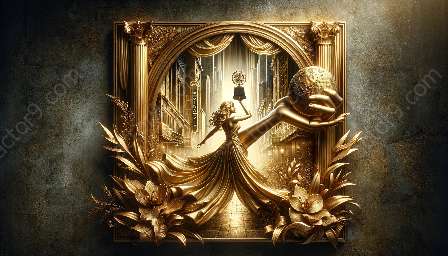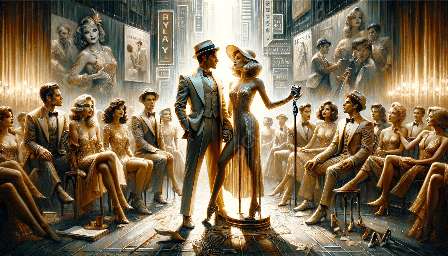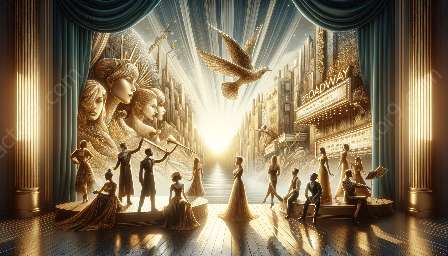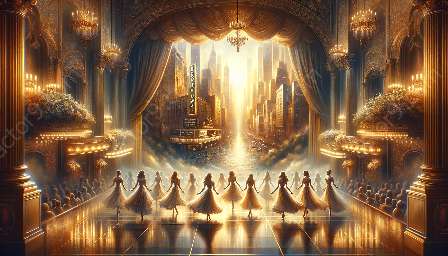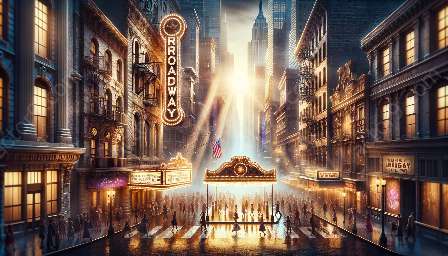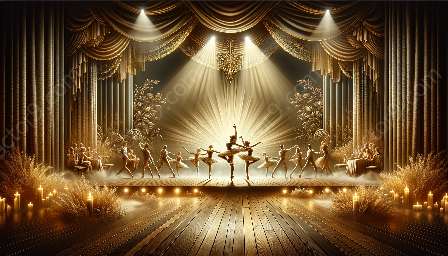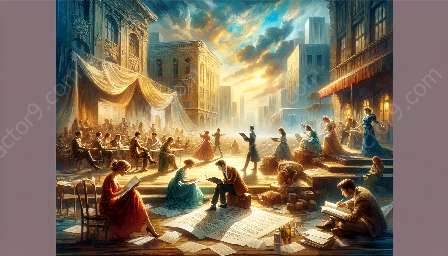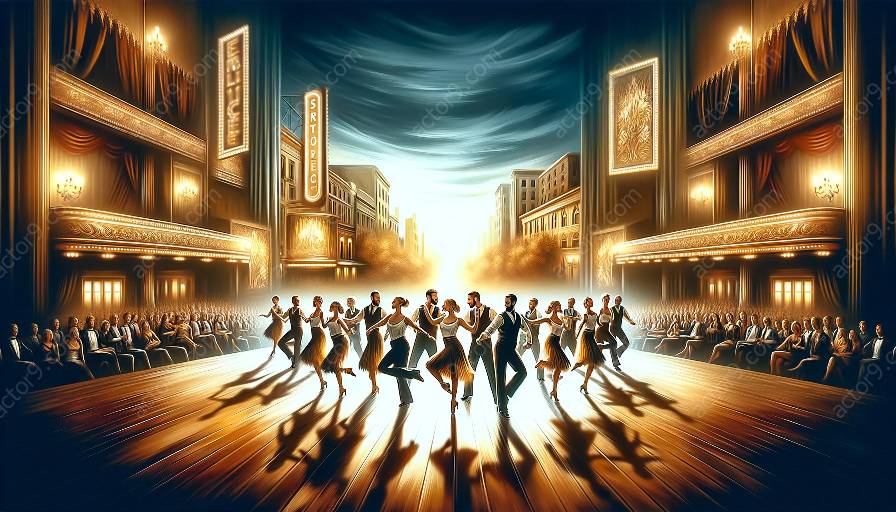When it comes to Broadway productions, dance styles are deeply influenced by historical and cultural factors that have shaped the art form over the years. From the early days of Broadway to the modern era, the evolution of dance styles has been a reflection of social, cultural, and historical influences.
Historical Influences
The history of dance in Broadway productions is a rich tapestry of influences from various time periods. In the early 20th century, the Harlem Renaissance played a significant role in shaping the dance styles seen on Broadway stages. African-American dance forms such as jazz and tap became integral to the development of Broadway dance, with choreographers like Bob Fosse and Agnes de Mille incorporating these styles into their iconic works.
Additionally, the Great Depression and World War II had a profound impact on the evolution of dance in Broadway productions. During these challenging times, dance became a form of escapism and entertainment, with extravagant and lavish dance numbers providing audiences with a sense of joy and hope.
Cultural Influences
The cultural melting pot of New York City has also significantly influenced the diversity of dance styles in Broadway productions. Immigrant communities have brought their traditional dances and music, contributing to the eclectic mix of styles seen on Broadway stages. From Latin ballroom to Irish step dancing, these cultural influences have added depth and richness to the tapestry of Broadway dance.
Furthermore, the influence of other art forms such as ballet and modern dance has shaped the evolution of Broadway dance. Choreographers have drawn inspiration from classical ballet techniques and avant-garde modern dance movements, fusing them with popular and contemporary styles to create innovative and dynamic choreography.
Contemporary Trends
In more recent years, contemporary social and cultural movements have also left their mark on Broadway dance styles. The LGBTQ+ rights movement, for example, has led to more inclusion and representation of diverse gender expression and sexual orientations in choreography and storytelling.
Moreover, the globalization of popular culture has ushered in an era of fusion and cross-cultural exchange in Broadway dance. Hip-hop, street dance, and other urban styles have become prominent features in contemporary Broadway productions, reflecting the influence of urban youth culture and the power of street dance as a form of self-expression and social commentary.
Broadway Backup Dancers: Roles and Responsibilities
Behind every successful Broadway production are the talented and hardworking backup dancers who play a crucial role in bringing the choreography to life and supporting the lead performers. The roles and responsibilities of Broadway backup dancers are multifaceted and demanding, requiring exceptional skill, discipline, and artistry.
Dance Technique
Broadway backup dancers are required to be proficient in a wide range of dance styles, including ballet, jazz, tap, and contemporary dance. Mastery of technique and versatility are essential, as they may be called upon to perform various styles within the same production.
Character Interpretation
In addition to technical prowess, backup dancers must also embody the characters and narratives conveyed through the choreography. They often play supporting roles in the storytelling, requiring them to convey emotions and motivations through their movements and expressions.
Teamwork and Collaboration
Working as part of a team is a fundamental aspect of being a Broadway backup dancer. They must collaborate closely with choreographers, directors, and fellow dancers to execute complex routines seamlessly and in harmony with the overall production.
Physical Demands
Physical stamina and endurance are crucial for backup dancers, as they often perform multiple shows per week and are required to maintain high energy levels throughout each performance. They undergo rigorous training and conditioning to ensure they can meet the demands of the role.
Artistic Integrity
Despite playing a supporting role, backup dancers are integral to the artistic integrity of a Broadway production. They bring commitment, passion, and professionalism to their craft, enhancing the overall visual spectacle and emotional impact of the performance.
Broadway & Musical Theater
Broadway and musical theater have long been the epicenter of world-class entertainment, drawing audiences from around the globe to experience the magic of live performances. From classic productions to innovative new works, Broadway continues to set the standard for excellence in musical storytelling and theatrical artistry.
These iconic productions serve as the nexus of diverse artistic influences, combining music, dance, and drama to create unforgettable experiences for theatergoers. Broadway represents a cherished tradition and a dynamic platform for creativity and cultural expression, shaping the landscape of popular entertainment for generations.


